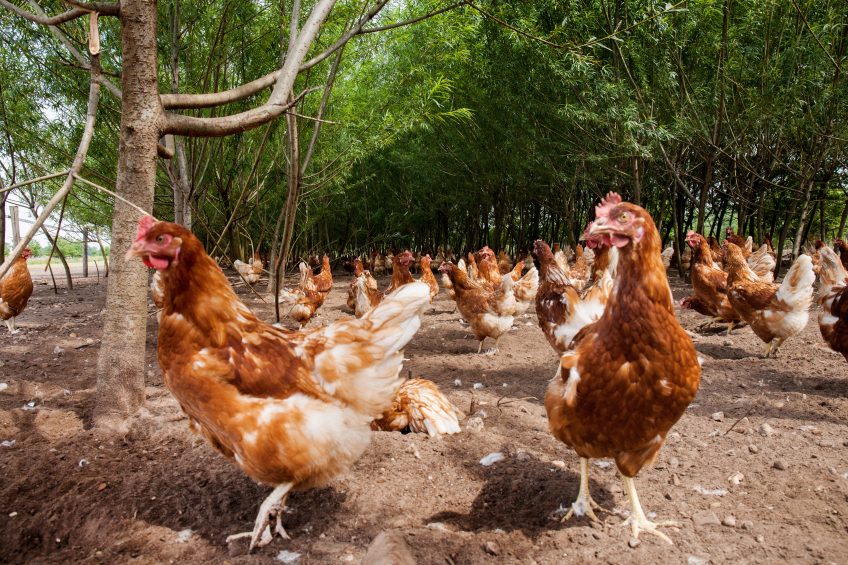Impact of space on the welfare of free-range layers

Consumers base their purchasing decisions often on aspects of animal welfare. An important factor in the case of free-range eggs is the potential access to an outdoor area for laying hens, even though access to an outdoor area may increase risks for predators, parasites, and environmental contaminations.
It is known that access to an outdoor area is beneficial for the welfare of laying hens as it increases their possibilities to express a wider range of normal behaviour patterns. High use of the outdoor area has been associated with additional welfare benefits such as better plumage, reduced keel bone fractures and lower risk of feather pecking.
How frequently do birds use their outside area?
Given the welfare benefits associated with the use of the outdoor area, it would be expected that laying hens would use the outdoor area quite heavily. However, most birds remain in close proximity of the hen house. Several factors as climatic conditions, flock size and age, have been shown to influence the frequency of use of the outdoor area in free-range laying hens.
Weather influences outdoor use
Temperatures close to 18°C, lack of wind, and medium or high humidity are known to favour the use of the outdoor area, while rain and wind have negative effects. The characteristics of the outdoor area, especially the presence of natural or artificial cover, are also important to promote high and consistent use of the outdoor area.
Study conducted on outdoor use patterns
In this study the factors influencing patterns of space use of commercial free-range laying hens and their relation to welfare conditions was determined. 3 free-range laying hen flocks were studied during one production cycle by collecting spatial locations on 150 individually tagged hens per flock.
At the end of production welfare and morphological measures were collected.
Nearly 50% did not go outside
It proved that the use of the outdoor area was lower during midday. From the tagged hens a total of 49.5% were never observed using the outdoor area. In addition the early experience of the hens using the outdoor area from week 20 to 36 determined the level of use of the outdoor area at later ages.

First signs of disease often show at the feather cover and skin, skeleton issues. Check out this interactive tool.
Better plumage on birds with more outdoor use
Birds with a higher frequency of use of the outdoor area had larger home ranges and showed lower plumage damage and a lower incidence of footpad dermatitis. Birds showing higher total walked distance indoors showed a higher incidence of footpad dermatitis. There exist individual differences in the use of the outdoor area, with early experience during the production period being the most relevant factor affecting outdoor area use. Birds visiting the outdoor area more frequently also used larger areas.













